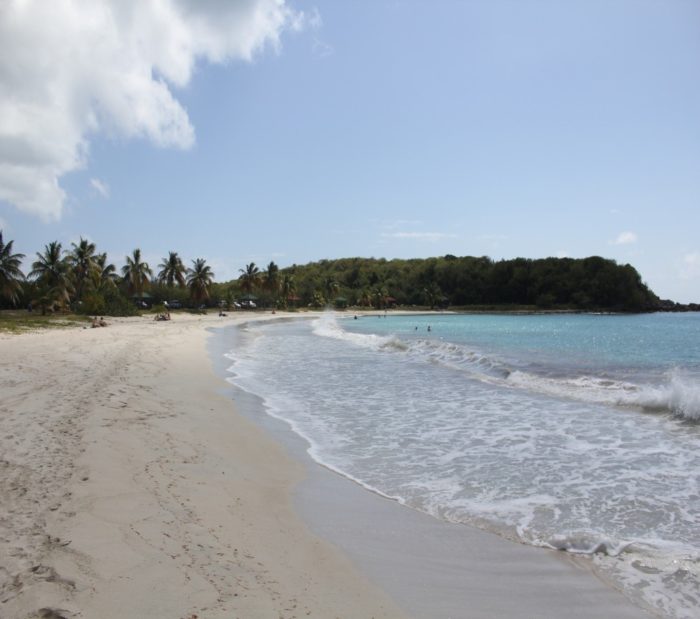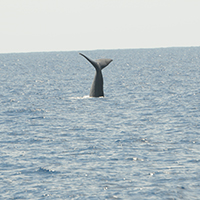| Scientific exploration is a key part of the work of The Wise Laboratory. Our expeditions explore and investigate the impact of established and emerging pollutants on native and invasive species at our ship-and-shore-based field sites.
We approach our expeditions with a “one” environmental health philosophy. This perspective means, we consider human health, animal health, and ecosystem health to be intertwined and interdependent, such that there is only “one” health. Thus, we study and compare outcomes in wildlife with humans and ecosystem changes to better understand the impacts on health, to discover novel adaptations in animals that may improve insights into human health and to use human health data to better conserve wildlife and protect the ecosystem. These expeditions deploy key tools from of our laboratory-based mechanistic investigations described on our Scientific Discovery page. Whales are the focus of our ship-based field sites with projects in the Gulf of Maine, the Gulf of Mexico and the Gulf California (aka Sea of Cortez). Working with our collaborating institutions, Ocean Alliance and Sea Shepherd, we study the extent and impact of metal pollution in whales including the humpback, fin, sperm, blue, Bryde’s and minke whales. Figure 1 shows us aboard the research vessel Cachalot preparing to go to sea in the Gulf of Maine. Figure 2 shows a whale off our port side. 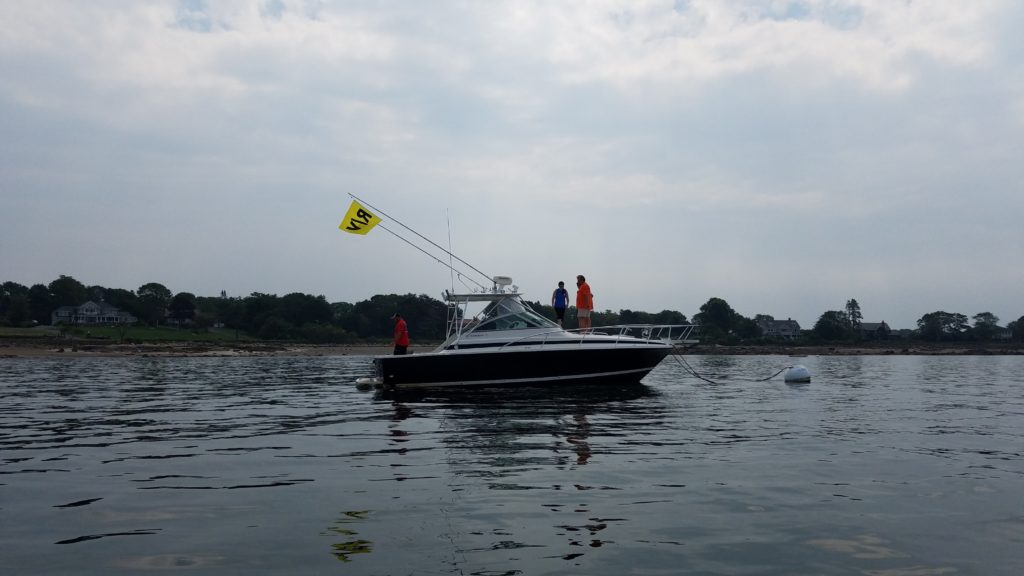
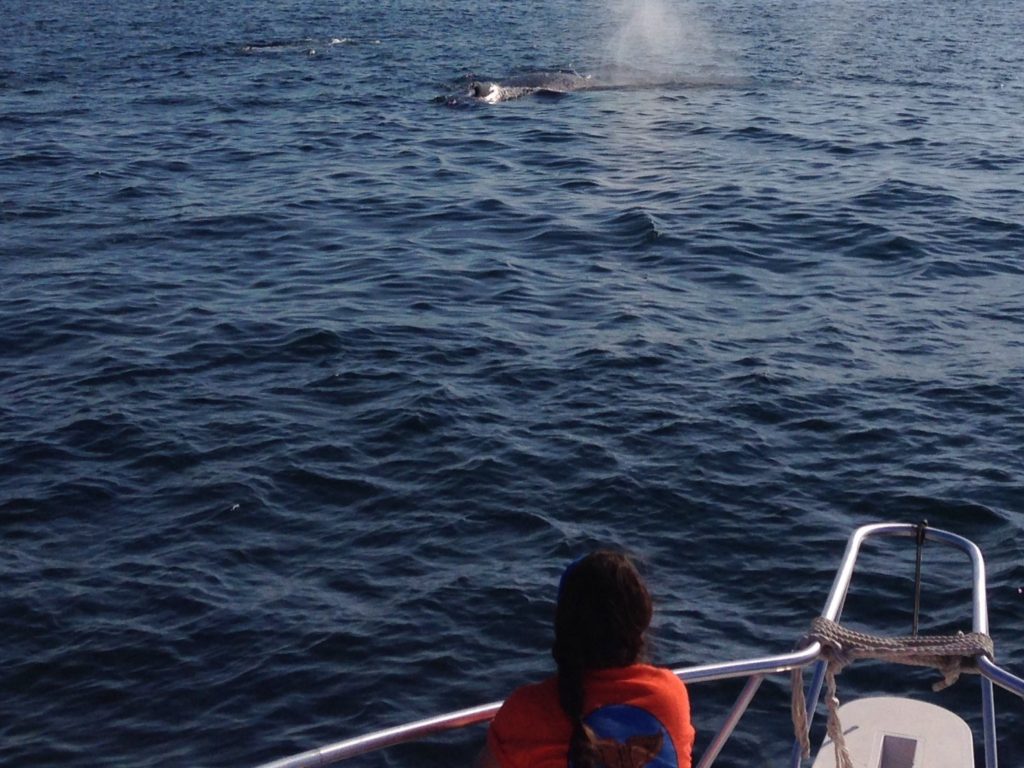 Alligators are the focus of our shore-based field site in Florida at the Merritt Island National Wildlife Refuge. Working with our collaborating institution, the National Air and Space Administration (NASA), we study the health of alligators in the Merritt Island National Wildlife Refuge. Figure 3 shows a free-ranging wild alligator.
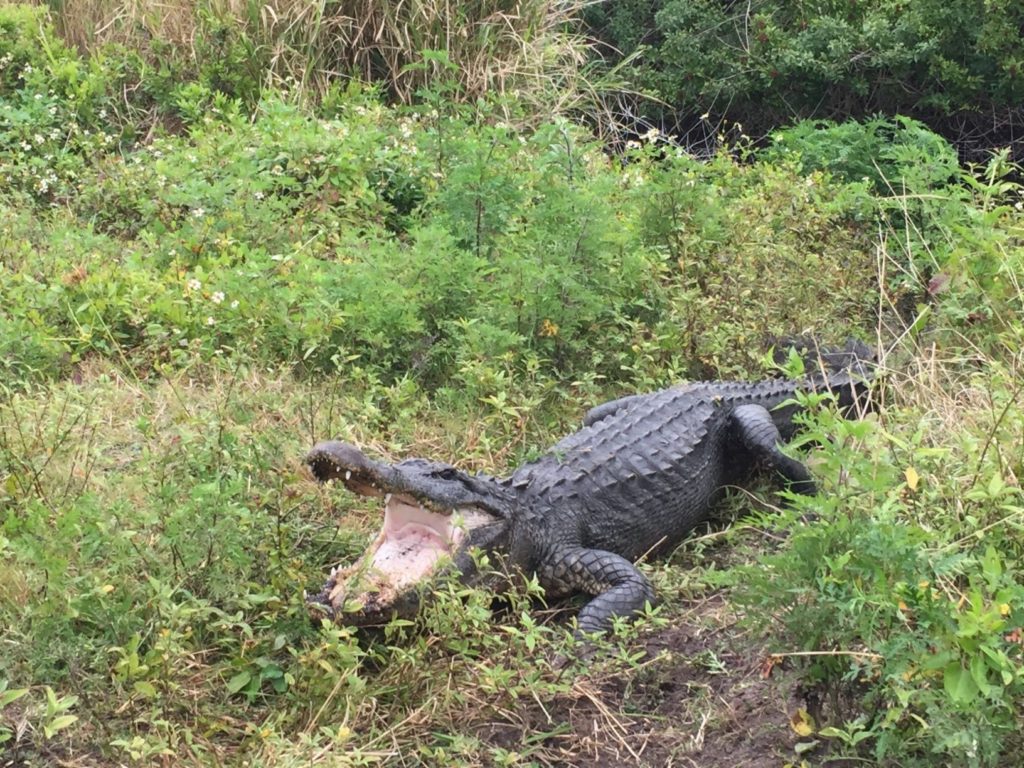 Sea turtles are the focus of our shore-based field site in Vieques, Puerto Rico. Working with our collaborating institutions, the Vieques Conservation and Historical Trust and the United States Fish and Wildlife service (USFWS), we study the extent and impact of metal pollution in sea turtles including the leatherback, hawksbill and green sea turtles. Figure 4 shows one of many sandy beaches of Vieques. Sea turtles nest on many of these beaches.
|
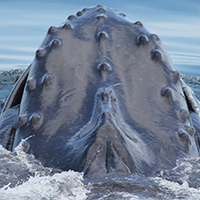 (Read more) 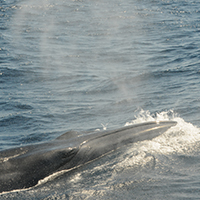 (Read more) 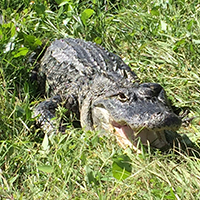 (Read more) 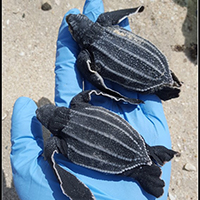 (Read more) |

